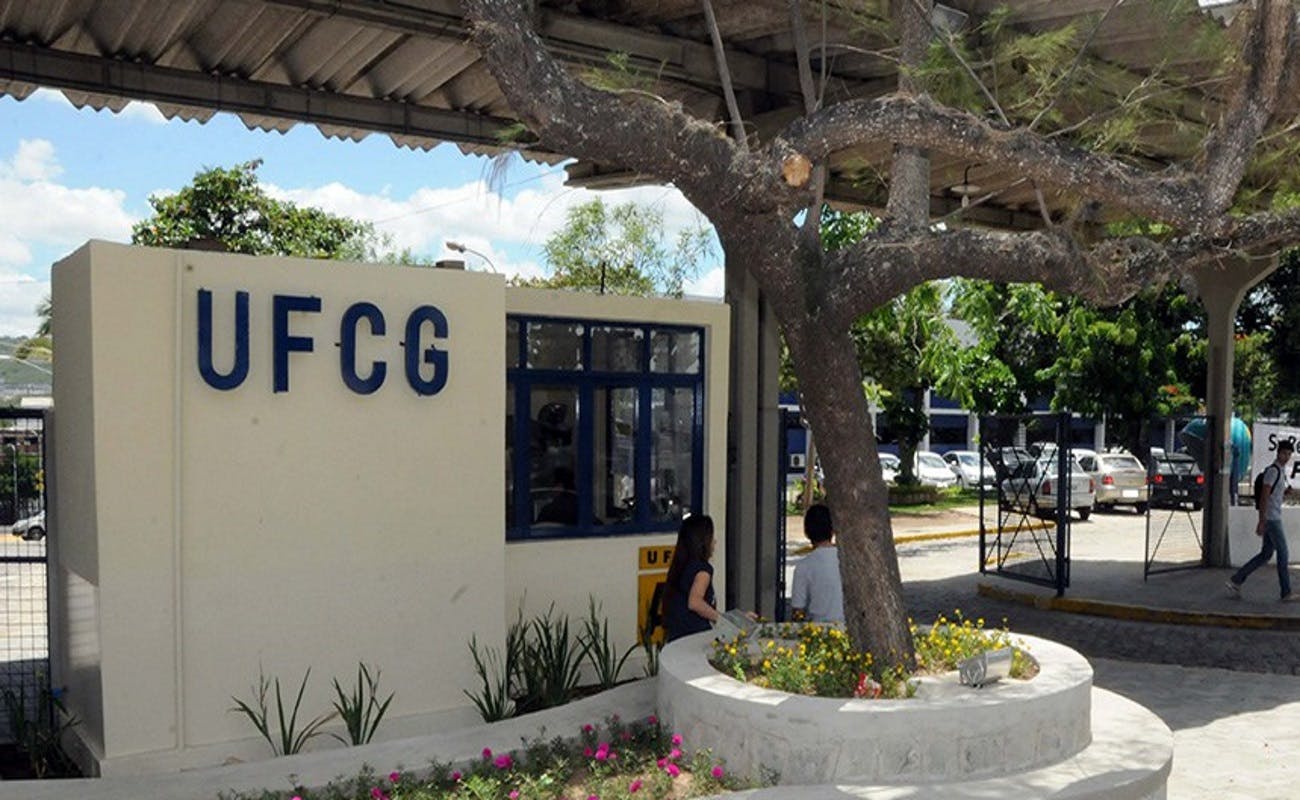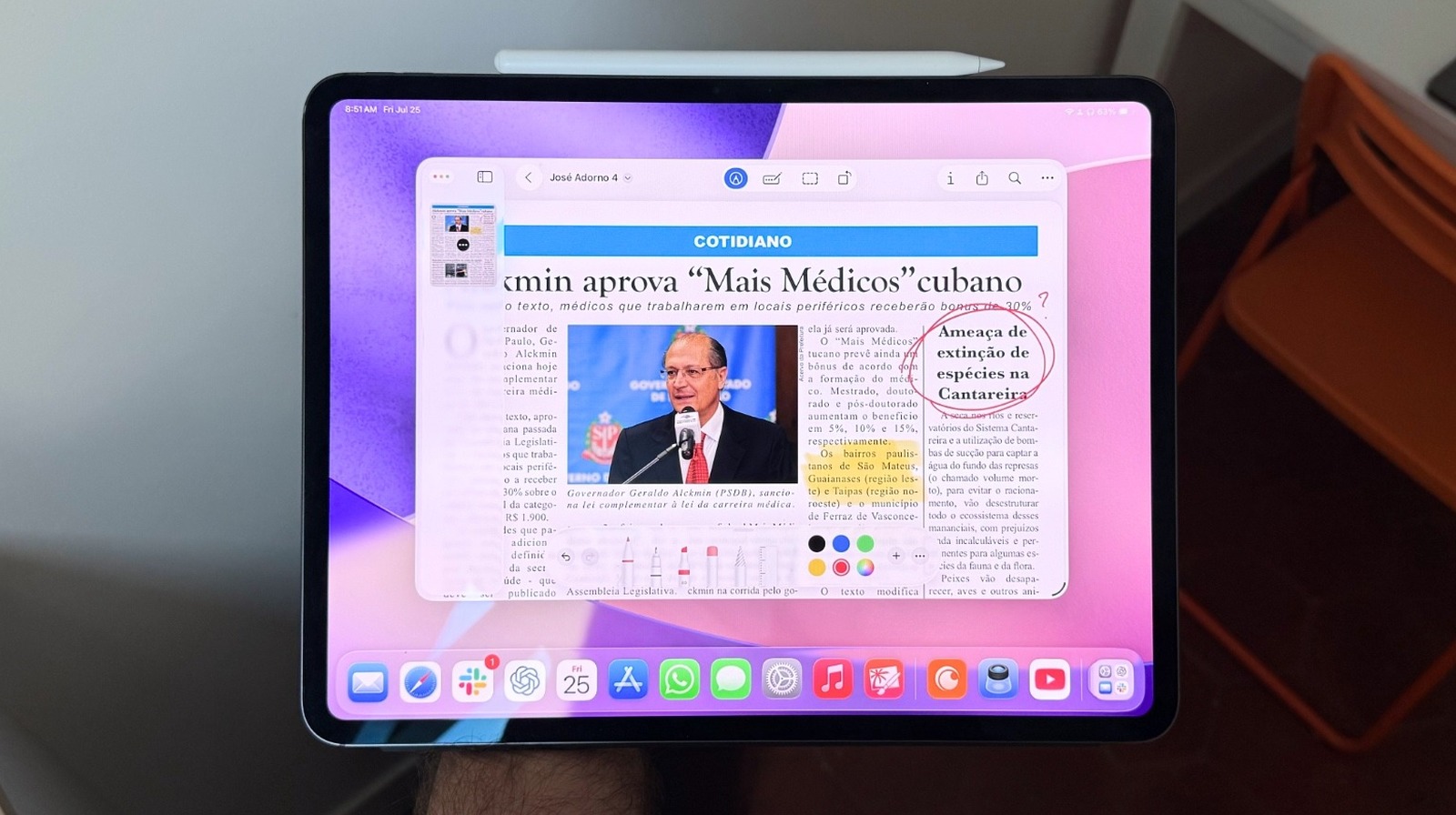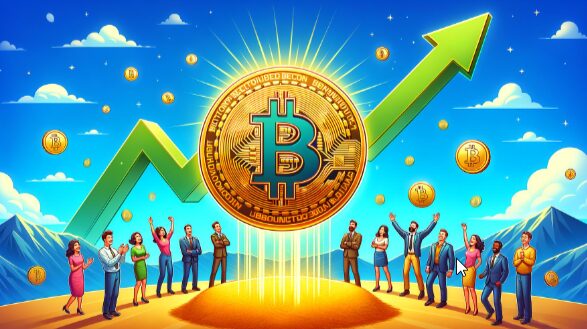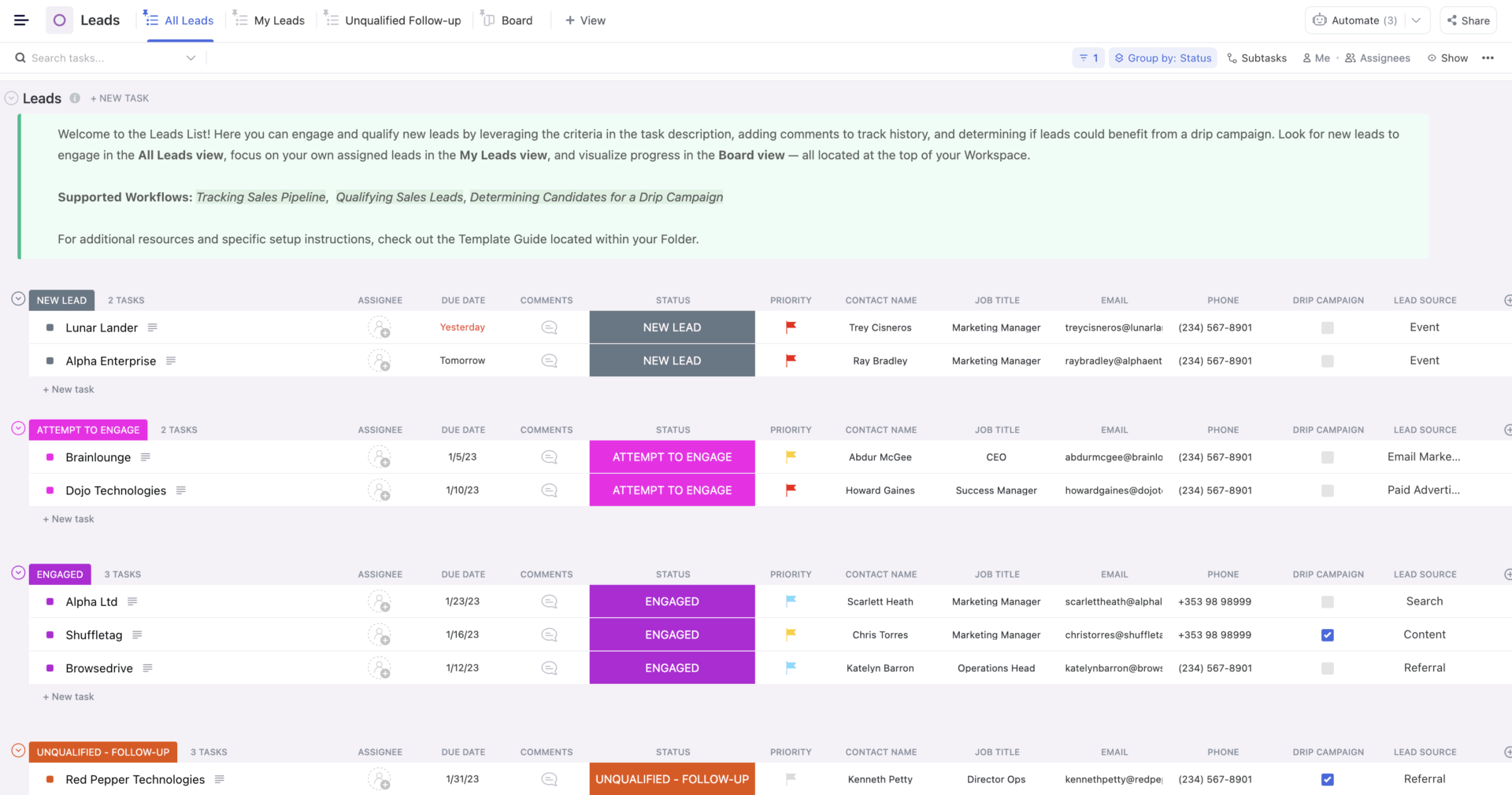By Rodrigo Dantas de Freitas
There is an almost universally accepted truth: human talent is remarkably equally distributed across the world. Opportunity, however, is not. I was born in 1980, in a small town in the interior of one of Brazil’s poorest states, a place where circumstances seemed to dictate a future of limited horizons. However, even in the most arid environments, a single spark can ignite a lasting flame. For me, that spark came in the prosaic form of an old radio that, upon falling and breaking, revealed a fascinating universe of electronic components. That fortuitous sight awakened a curiosity that even the scarcity of resources could not extinguish.
In the absence of easy access to formal knowledge, my first forays into this world came through electronics magazines “inherited” from an uncle and the stubborn persistence in assembling small projects. Each component acquired with difficulty, each circuit that worked, was a small victory, a step on a self-taught journey driven purely by passion. The true turning point, however, came with an unexpected gift: a CP400 computer, offered by another uncle. That machine, along with its BASIC manual, became my first structured window into the world of programming. It was the personification of educational opportunity, even if informal and improvised, opening a door that would change the course of my life. I discovered there that it was possible to transform into work – and eventually into ventures that would cross borders – what, for me, was pure fun and discovery.
This personal experience, the radical transformation provided by flashes of educational opportunity in a context of deprivation, is not an isolated case. It mirrors, on a micro scale, what happens when vision and strategic investment in education are applied on a macro scale, even in the most unlikely places. And few stories illustrate this as powerfully as that of Computer Science at the then Polytechnic School of UFPB, now the Federal University of Campina Grande (UFCG).
In the late 1960s, when computing was still in its infancy in Brazil and seemed confined to the large centers of the South and Southeast, a group of visionaries in Campina Grande, led by the then director of the Polytechnic School, Professor Lynaldo Cavalcanti de Albuquerque, made a decision that bordered on the unthinkable: to heavily invest in the formation of knowledge in computing. The acquisition of an IBM 1130 computer, a milestone for the time and a pioneer in the North/Northeast, was not just the purchase of expensive equipment; it was a declaration of intent, a fundamental investment in the belief that the future would be digital and that that region could, and should, be part of it. But the vision went beyond acquisition. Installing and operating such a machine required robust infrastructure, a significant additional financial challenge to build and prepare the Data Processing Center (CPD).
And it was at this point that the story took an even more remarkable turn, revealing the deep connection between the university and the community that embraced it. To make the necessary infrastructure viable, a wave of mobilization swept through the city. Far from passively waiting for external funds, students, professors, staff, and ordinary citizens actively engaged in a unique fundraising campaign. The method? The collection of recyclable materials – glass bottles, paper, scrap metal. This initiative, remembered with affection and pride to this day as the “Bottle Campaign,” transcended the simple act of raising funds. It became a powerful symbol of collective engagement, of the shared belief in the transformative power of education and technology for the future of that community. The entire city was literally investing its effort and hope in the physical foundation that would house the electronic brain of that educational project.
The machine, therefore, did not arrive in an indifferent environment; it was received and installed in a home that the community itself helped build. This tangible support further strengthened the next step, which was the true masterstroke: the simultaneous and continuous investment in people. The arrival of newly graduated engineers from ITA and, crucially, structured international collaboration with Canadian universities (CIDA) to train local faculty at the doctoral level, were the human foundation upon which a globally recognized center of excellence would be built. Not only technical knowledge was being sown, but the autonomous capacity to generate and multiply that knowledge locally. I myself, years later, would briefly pass through the corridors of UFCG and feel the strength of that legacy, a combination of institutional vision and community fervor, although the needs of life – I had been working very early to support myself – called me to the job market before I could complete the formal cycle.
The seeds planted with such vision in Campina Grande did not take long to germinate, but their most impressive fruits are perhaps those harvested decades later, in a virtuous cycle that continues to this day. UFCG has become a hotbed of world-class talent in technology. Generations of highly qualified professionals have left its benches not only to supply local and national demand, but to innovate, lead, and create in global companies and research institutions. It is no mere rhetoric to state that UFCG alumni today hold prominent positions in the largest and most influential technology companies on the planet, such as Google, Microsoft, Meta, Amazon, Apple, Nvidia, and many others, taking the mark of excellence formed in Campina Grande to the world stage.
This highly qualified and recognized human capital was, and continues to be, the magnet that attracted important technology companies and Research and Development (R&D) centers to Campina Grande, eager to be close to this source of talent and innovation. The university not only trained cutting-edge professionals but established strategic partnerships and even housed, on its campus or in close collaborations, R&D laboratories and projects with global giants such as Intel, Samsung, Dell/EMC, Nvidia, Motorola, Nokia (historically), Huawei, among others. These collaborations, often facilitated by former students working in these companies and leveraged by technology incentive laws, created a symbiotic environment of innovation, product development, and job and income generation that was crucial for transforming the local and regional economy.
The impact of this synergy transcended the economic; it was deeply social, altering the trajectory of thousands of families, creating social mobility, and instilling in new generations the belief that a future at the forefront of technology was possible, even starting there, in the heart of the Northeast. International recognition, such as the mention in Newsweek as one of the world’s emerging “tech hubs,” only externally confirmed the strength of this ecosystem built on the solid foundation of quality education and strategic collaboration.
The echo of that initial investment in education resonates to this day. It can be seen in the companies that have flourished, in the professionals scattered around the world, and even, indirectly, in the jobs generated by ventures like those I had the opportunity to found in Brazil, Mexico, and the United States. My own journey, driven by initial curiosity and catalyzed by formal and informal educational opportunities, is part of this larger narrative about how investment in knowledge liberates potential and creates value that multiplies, crossing generations and borders.
The lesson that emerges from both my personal story and the saga of Campina Grande is clear and timeless: the most powerful investment with the highest long-term return that any society can make is in the education of its people. In a world increasingly shaped by technology, where artificial intelligence and other disruptions constantly redefine the landscape, the human capacity to learn, adapt, and create – capacities that are nurtured by education – becomes even more crucial. Technological tools change, challenges evolve, but betting on human potential through access to knowledge remains the safest and most effective strategy for building a more prosperous, equitable, and resilient future. True sustainable innovation resides not only in algorithms or hardware, but in the human mind enlightened by the opportunity to learn. And that is a frontier always worth expanding.










